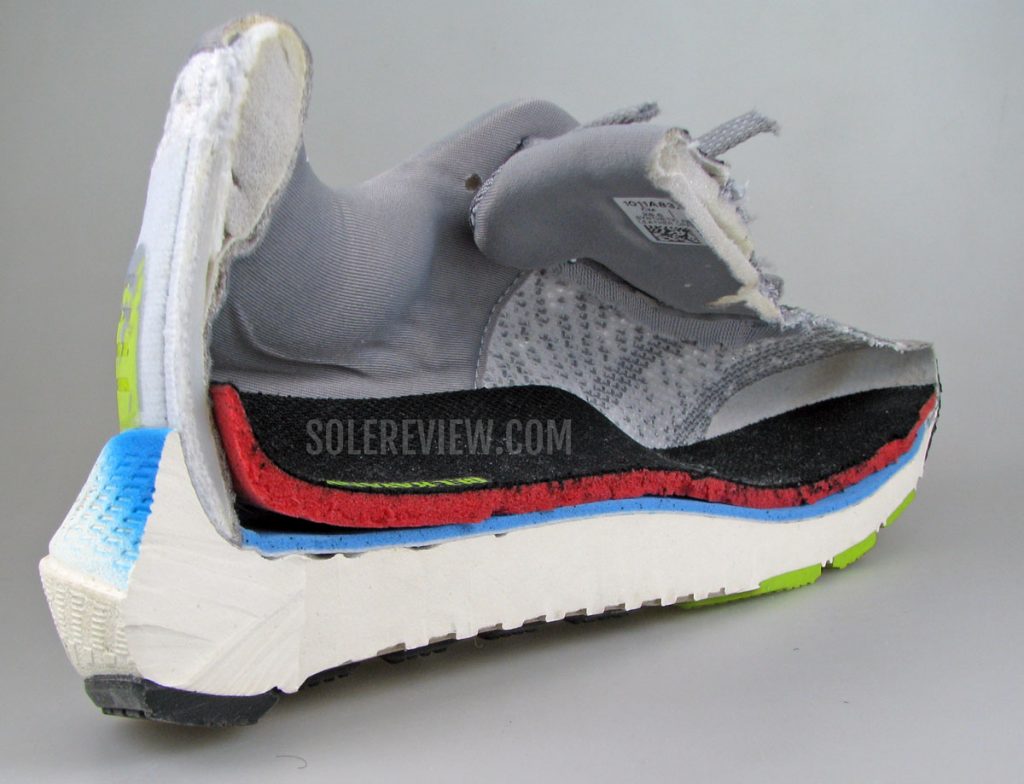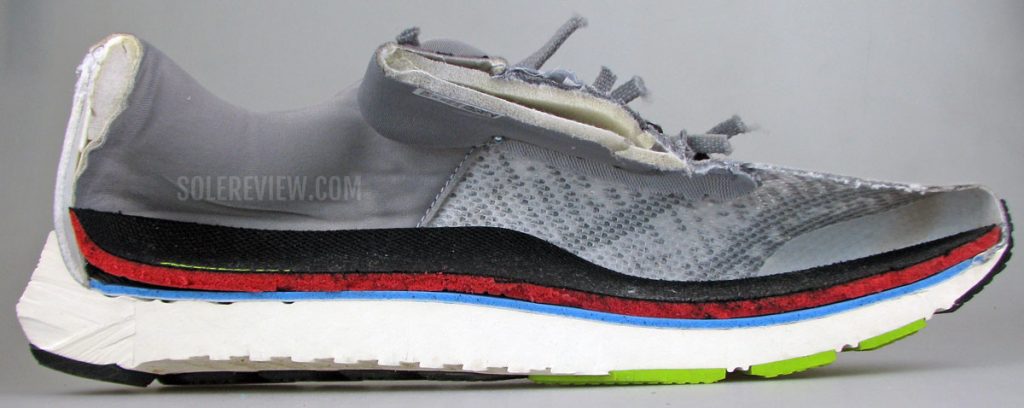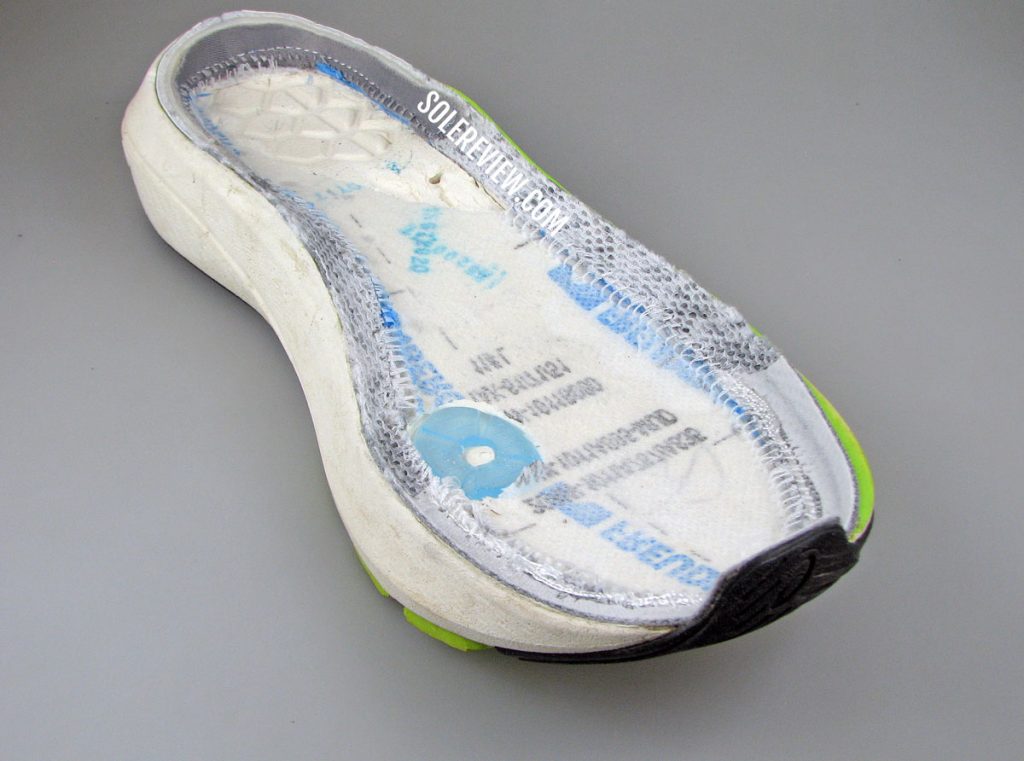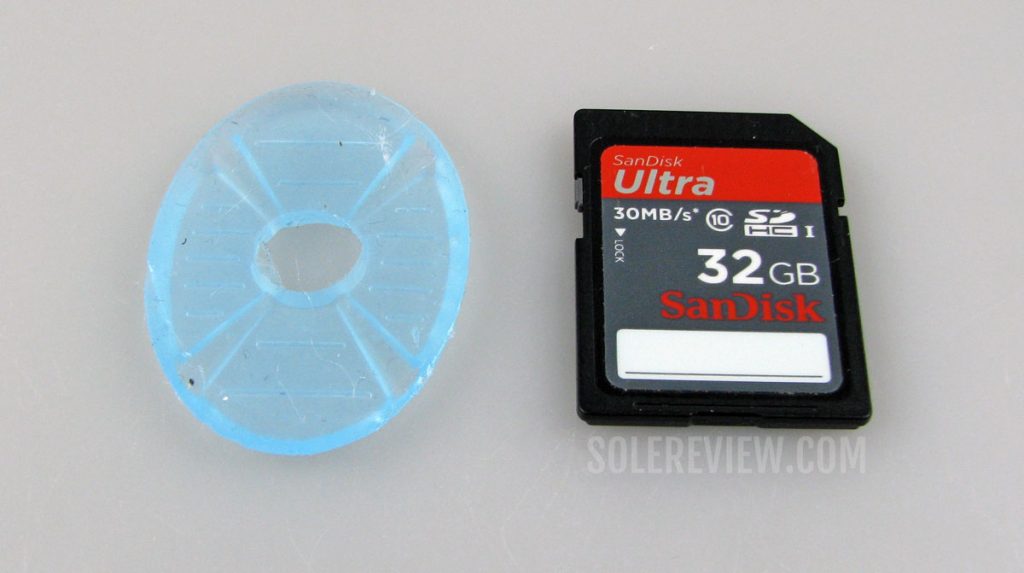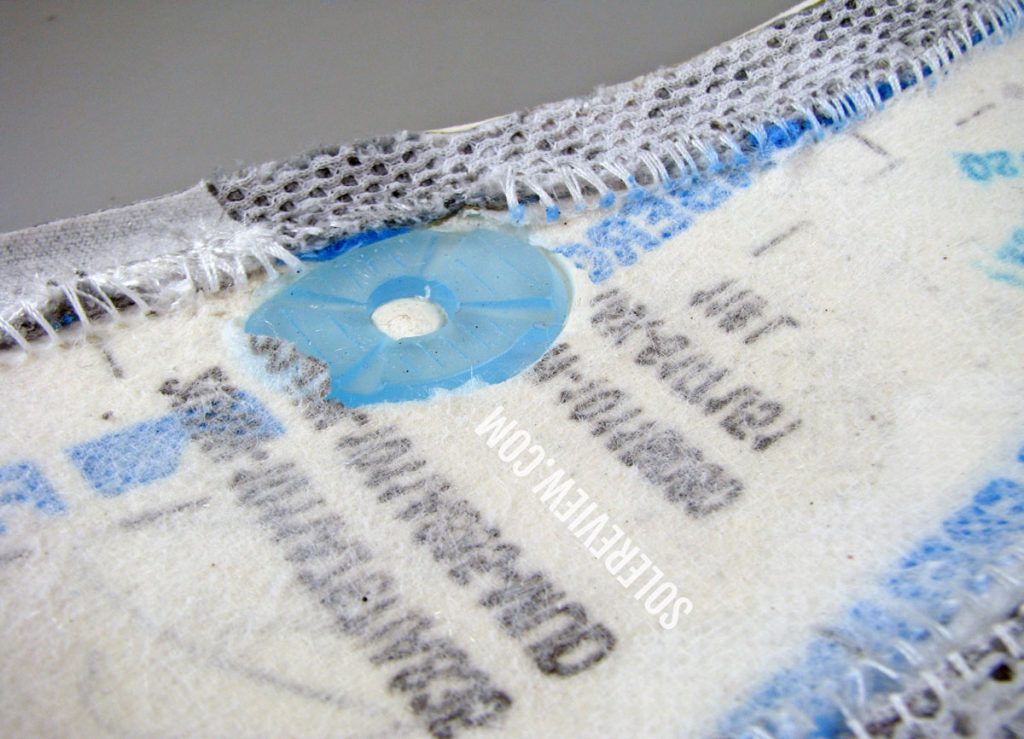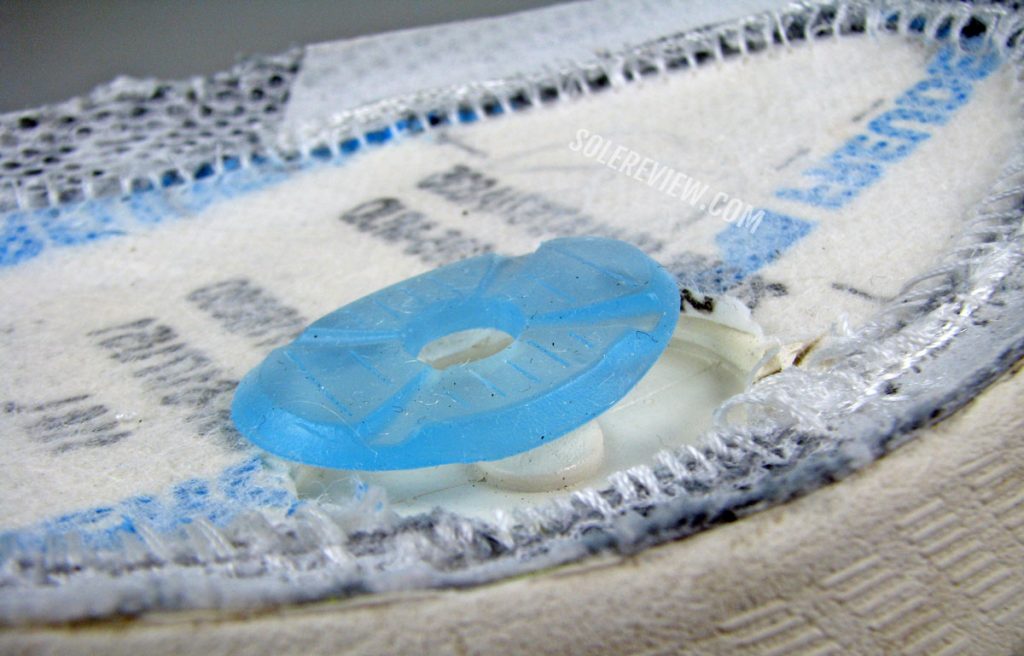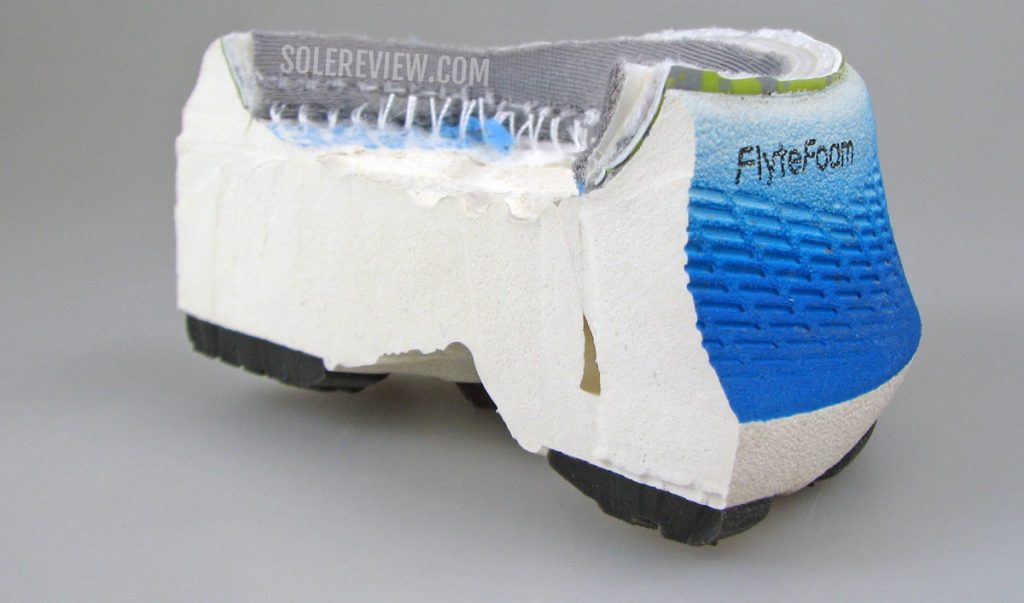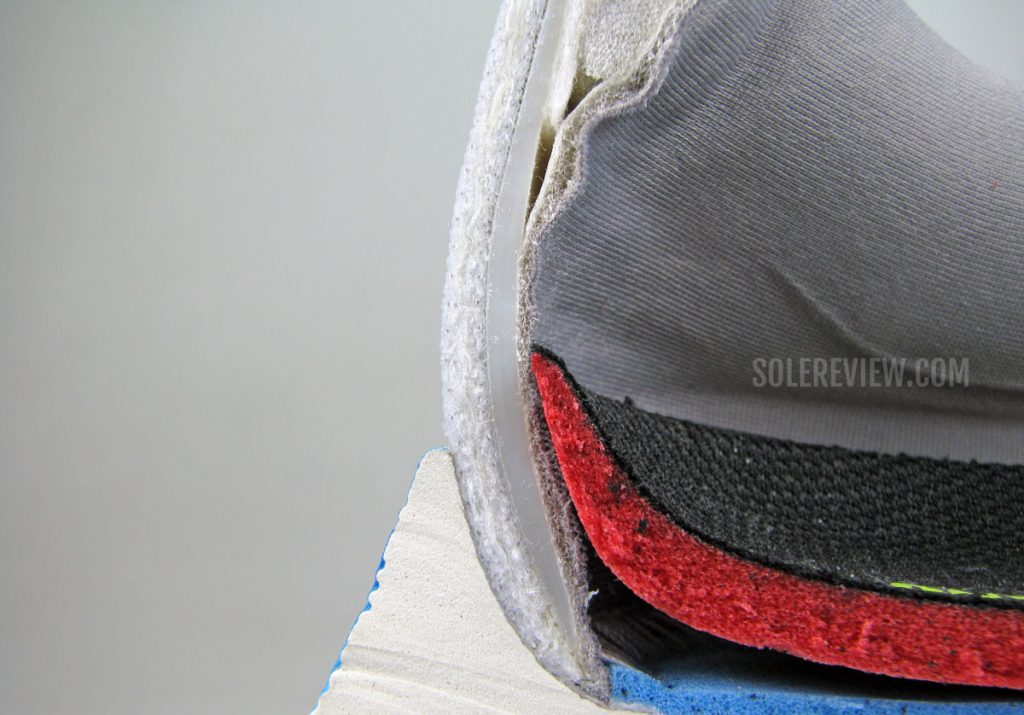This is a new content category that focuses exclusively on tear-downs and dissections. For a detailed review of the shoe’s fit and ride character, please go here. This piece complements our in-depth reviews. The Kayano Lite 1 and 2 share the same sole unit, so this teardown is also relevant for the Asics Kayano Lite 2.
THE INTRODUCTION
Earlier this week, we cut open the Asics Gel Nimbus 23 to show you what’s inside. It revealed what we already knew for a long time – that the Gel cushioning system is merely cosmetic and provides nearly no performance benefits.
So why go through the trouble of slicing open another Asics shoe?
There’s a difference between the Nimbus 23 and Kayano Lite. While both models advertise Asics Gel to be a part of the package, the Kayano Lite doesn’t have any Gel windows on the outside.
If the Gel is hidden inside the midsole, what does that look like? Curious minds may want to know. Also, Asics claims that ‘the redesigned Gel cushioning unit now extends under the forefoot to provide improved cushioning.’
So what does ‘extend’ mean? Is the Gel unit larger than the Nimbus? Thicker? Both?
Also, it’s not just about the Gel. We rated the Kayano Lite highly in our review, so it will also be helpful to see the inner workings and understand what makes the shoe tick.
This teardown aims to achieve a better understanding of the midsole design and why it behaves the way it does. We found the upper fit to be excellent, so taking it apart is a productive exercise as well.
THE MIDSOLE TEARDOWN
Let’s address the Gel part of the midsole first. Contrary to Asics’s loft claims about ‘providing excellent shock absorption’, the forefoot Gel unit plays only a minimal role in the cushioning delivery process.
While it is a part of the forefoot stack, it’s situated only under the ball of the foot and contributes to only a tenth of the total thickness. The dimensions of the Gel insert resemble that of an SD card.
Even during forefoot landing, nearly all of the cushioning is produced by Flytefoam midsole and the other foam layers (the lasting and insole) above it.
The latter also creates a supportive foundation through its wide geometry and high sidewalls.
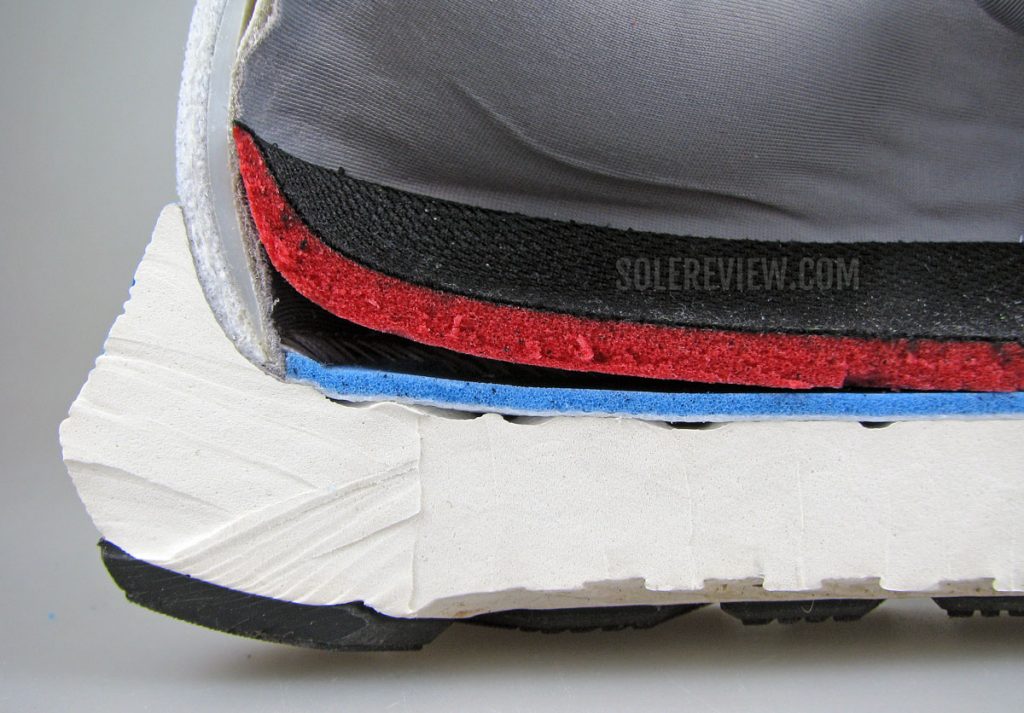
Under the heel, 100% of the cushioning softness is produced by the Flytefoam midsole and the two layers of soft foam – namely the insole and lasting.
For rearfoot strikers, Asics Gel is irrelevant. The single-density Flytefoam midsole delivers 100% of the cushioning and other transition-related mannerisms.
Also worth noting is that the midsole material is consistent from the rear to the front; that’s one of the reasons why the Kayano Lite has a smooth ride.
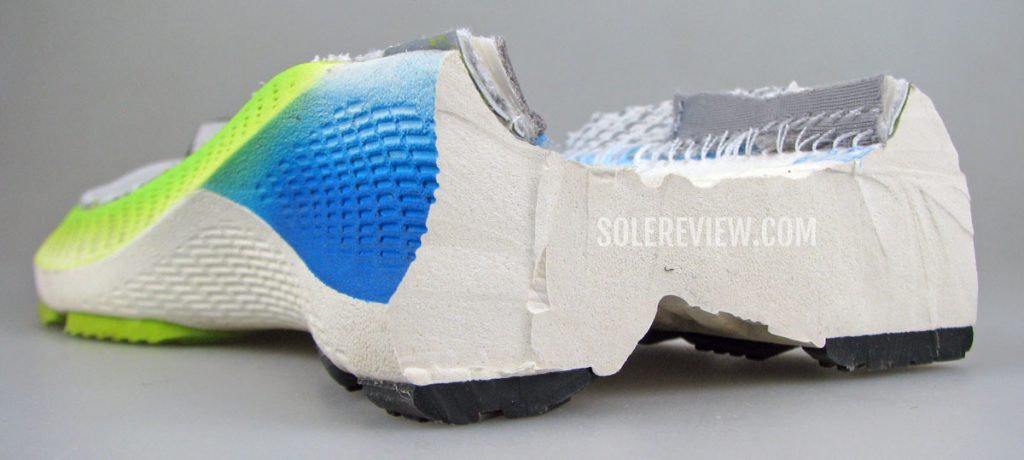
In this midfoot cross section, notice how high the inner midsole edge is under the arch. This helps with the stability and transitions.
Besides the wide outsole footprint, there are a couple of (other) design elements that are worth mentioning. The cross-section of the midsole clearly shows the ‘cupping’ action of the sidewalls.
The midsole has raised edges under the heel and midfoot, so the foot is cupped by the midsole rather than just lying atop it.
The inner midsole has solid sidewalls without any grooving. This makes the medial side very supportive, and that’s very evident during the runs.
This is how the Kayano Lite 1 and 2 set themselves apart from the Kayano 28 – there is no medial post. Speaking of the Kayano 28, we should have a tear-down once we are done with the testing.
THE UPPER TEARDOWN
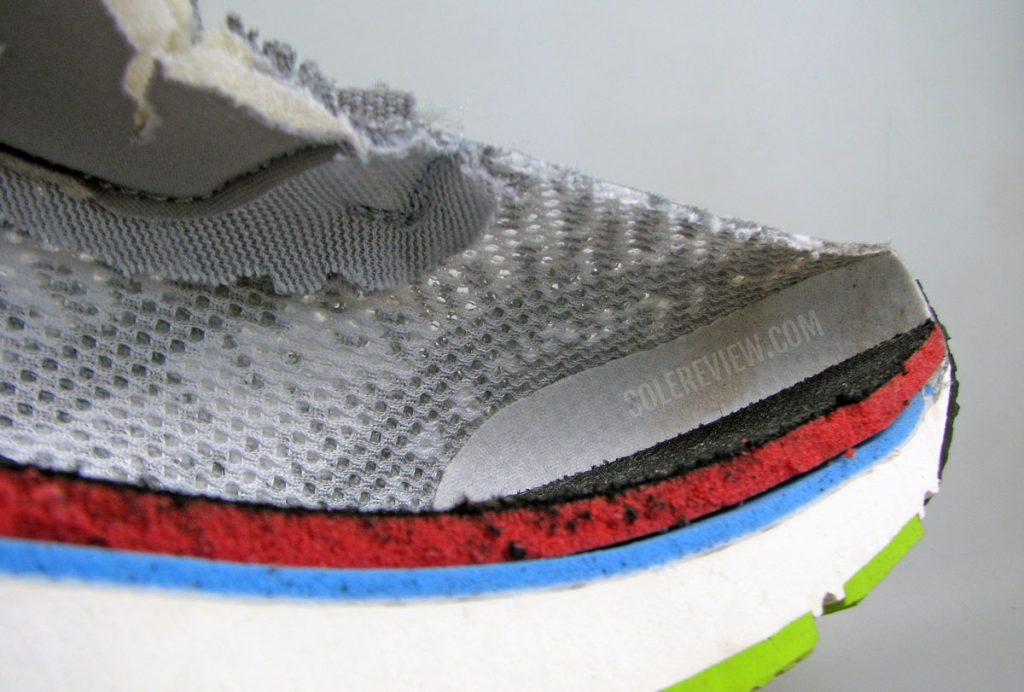
The roomy toe-box is shaped by the thin, fused bumper. The engineered mesh exterior is soft and adequately ventilated.
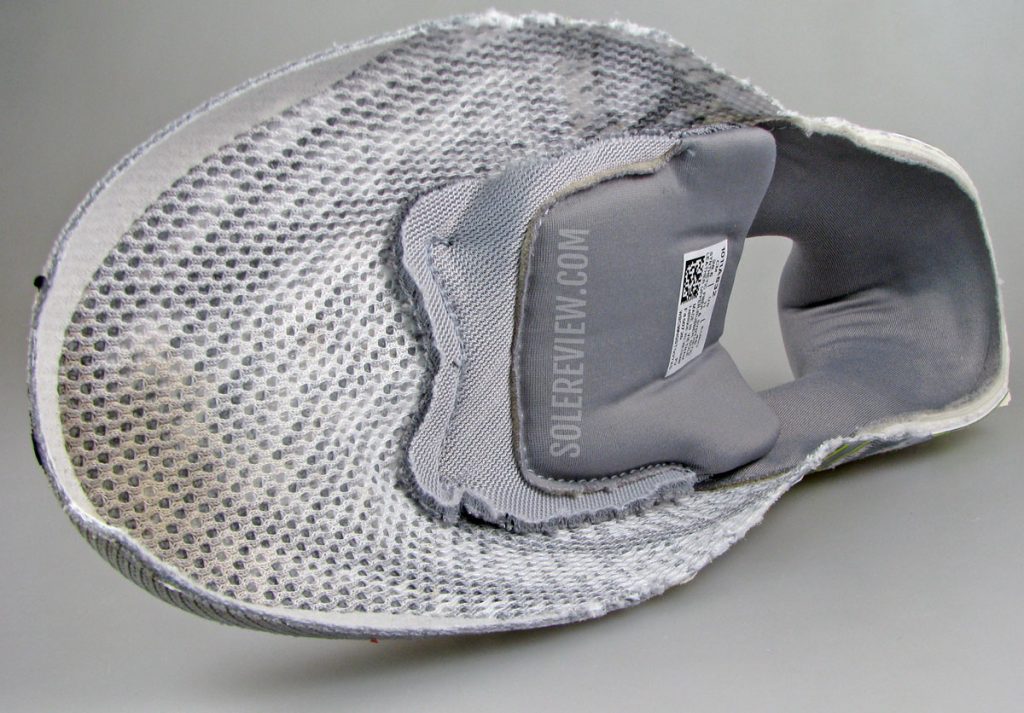
Though there’s no sleeve here, the plush tongue and its wide flap compensates well enough. The brown hue of the toe-box is the result of wear-testing.
The Kayano’s upper is typical Asics, so all the necessary components are present, and work together like a well-oiled machine. The various meshes and linings are high quality and justify the price premium.
Though the midfoot lacks a sleeve, the tongue flap is thick and wide – a design that minimizes slide while making the interiors plush.
The same plushness is available in the heel. The collar uses an identical lining as the tongue, and the plentiful foam padding helps with the grip while making the fit plush.
Except for the tongue attachment joint, seams are absent inside the mid and forefoot. The rear upper also has an internal counter to prevent the foot from sliding.
SUMMARY
Like most Asics running shoes that advertise ‘Gel’, the Kayano Lite doesn’t rely on the insert to deliver its ride quality.
Even without the Gel insert, the Kayano Lite’s Flytefoam creates a ride experience that is comfortable, smooth, and supportive. The upper materials are premium and well put together with no evidence of cost-cutting.

